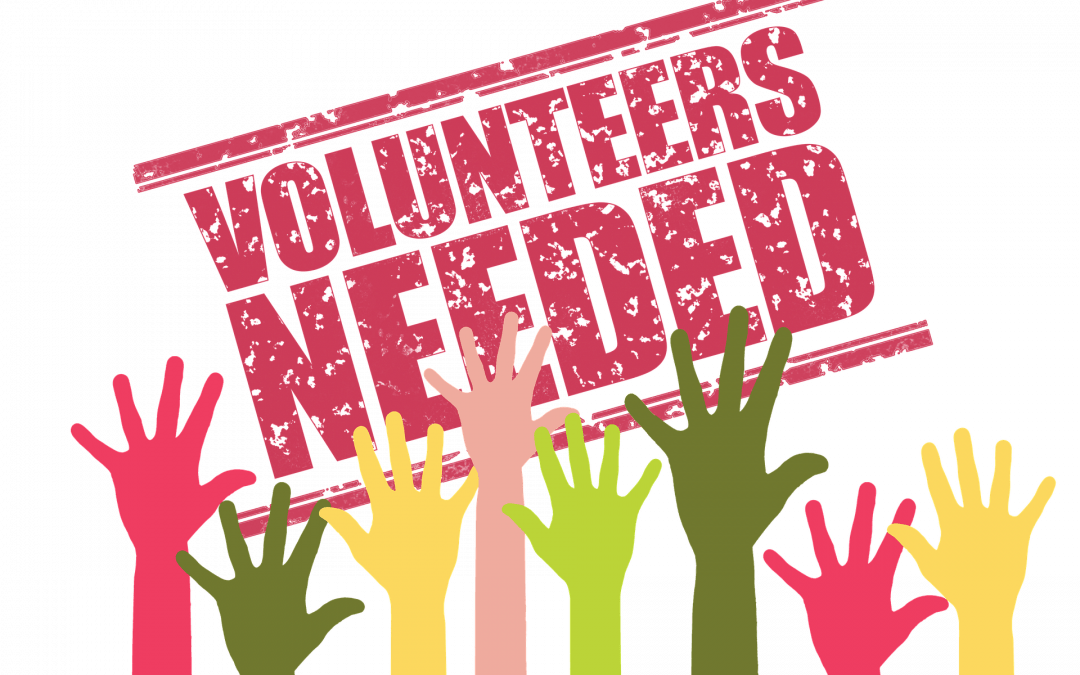By John Mohan –
As the ripple effects of Covid-19 continue to put livelihoods on the line and a recession seems inevitable, the fate of organisations that largely survive on donations and volunteers is precarious.
Current severe restrictions on movement mean the tasks normally done by volunteers face-to-face just won’t be possible, and while organisations can potentially find other tasks for volunteers to do from home, many are just not set up to function that way. And even if the current level four complete lockdown lifts to a three or a two, we’ll still have the issue of those aged over 70 being advised to self-isolate, thus taking away a very substantial chunk of the volunteer sector.
In England and Wales, for example, around 20 percent of volunteering hours are contributed by people aged 70 or over, and that’s broadly the case in many other countries as well. That’s a lot of time and effort that will need replacing, and we’re already seeing reports in New Zealand of organisations struggling to recruit volunteers.
These challenges might also get worse for another reason. In that Level 2 or 3 scenario, where vulnerable people are urged to self-isolate, more family members and others will be asked to step in to help with their care, drawing them away from other voluntary commitments in the process.
There’s also a problem of supply and demand. In the UK, the most active volunteers – called the ‘civic core’– live in the most prosperous communities, so with travel restrictions, there could well be a surplus of help in one area and a shortage in another, worsening inequities that the current situation is making ever more apparent.
However, if the British experience is anything to go by, the public services will go into recruitment overdrive in the fight to ‘flatten the curve’ of this virus. Even before coronavirus hit the UK, there was a nationwide campaign being mobilised, Helpforce, to recruit tens of thousands of new volunteers to support the National Health Service (NHS). Only a few days after that initial call, about 400,000 people had signed up.
It would be surprising if many of these people were not already volunteering for other organisations, so the question will be whether, once the present crisis dies down, they return to those organisations or find other things to do to support the NHS.
A larger effect, which is difficult to predict at the moment, will be that on fundraising. The income of charities comes from a mix of government contracts, fees for services and donations from individuals; the balance will vary from organisation to organisation.
With injections of public money into the economy, we can probably assume that the first of these will continue, but that’s not the case for people paying for the services of charitable organisations (e.g. arts, cultural and leisure facilities), and it’s certainly not the case for donations from cash-strapped individuals.
It’s not widely understood how much of the income of UK charities these days derives from activities such as charity shops, boot sales, bake sales, fairs and catering, but it’s likely to be substantial.
This income stream is highly visible for major national charities like Oxfam or the British Heart Foundation, whose charity shops have a very prominent high-street presence, but it’s even more the case for the small organisations which make up the great bulk of the UK’s charitable organisations. The median expenditure of these groups is £20,000 (NZ$40,000).
At this time of year in the UK coming into spring, and for most of the next six months, it would be difficult to pass through a typical British village or town without encountering several fundraising events at the weekend; and I hear in New Zealand, it’s the popular ‘sausage sizzle’ outside the supermarket. These are all going to stop, so the incomes of parent-teacher associations, village halls, sports clubs and all kinds of other community organisations will grind to a halt for 2020 at least.
Because many of these organisations have very strong local roots they will recover as the economy eventually gets back on its feet, but for now, they will effectively close.
And the effects don’t stop there. Lots of charities trade with one another, e.g., hiring facilities in halls and community centres for their own activities, so those sources of income will go too, as will the subscriptions people pay to societies.
Depending on the scale of the likely impending recession, for larger organisations, asset values will decline, so any endowments they have will be written down, which will also make them vulnerable. These are also organisations that do a great deal of face-to-face fundraising which doesn’t always make them popular on the street. However, these drive generate significant amounts of money, as well as raising awareness of specific causes and campaigns.
Some charities have sizeable endowments and assets, but they are not typical. Many would struggle to survive more than a few months without the steady and considerable flows of income from fees and fundraising.
A large number of organisations have established reputations and connections, and are of such obvious value to their communities, that they will rise again but in the interim, the vital contribution these organisations make to societies, both locally and globally, requires underwriting. They are a vital part of a country’s infrastructure, and while they can’t be given a blank cheque, we simply can’t afford to lose them.
Professor John Mohan is the director of the Third Sector Research Centre at the University of Birmingham, UK. He is currently working with the Public Policy Institute as a Seelye Fellow in Faculty of Arts at the University of Auckland.
*Originally published in Newsroom. Republished with permission.


